Table of Contents
- Why Espresso Belongs on Your Steak
- The Science Behind the Spice (and the Shot)
- Top 7 Espresso Steak Rub Pairings to Try Today
- Pro Tips for Using Espresso in Your Rub Like a Rockstar Chef
- Grill Time, Baby! How to Cook Steaks with Espresso Rub
- FAQ: Your Espresso Rub Questions Answered
- Conclusion: Espresso – The Secret Ingredient You’ve Been Missing
Why Espresso Belongs on Your Steak
When you think of espresso, what comes to mind? Coffee breath? Maybe an Italian espresso bar with tiny cups and big flavors? What if I told you that same boldness belongs right next to your ribeye?
Espresso isn't just for sipping anymore. In recent years, chefs and backyard grillers alike have been discovering the magic of espresso as a steak rub ingredient. It adds depth, a touch of bitterness, and incredible crust — especially when paired with other spices. This technique transforms ordinary cuts into restaurant-quality experiences through controlled browning reactions.
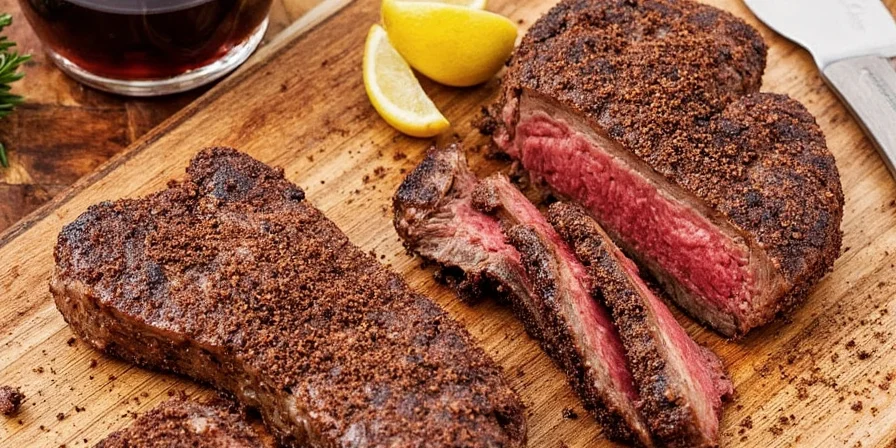
The Science Behind the Spice (and the Shot)
Coffee contains natural sugars and aromatic compounds that, when applied to steak and heated, undergo accelerated Maillard reactions. This creates a complex crust that locks in juices while adding layers of flavor. Unlike common rubs, espresso's chemistry uniquely mimics dry-aging effects by promoting rapid surface browning without overpowering the meat's natural taste.
| Coffee Component | Effect on Steak |
|---|---|
| Natural Sugars | Caramelize to form a sweet, crispy crust |
| Bitter Compounds | Balance the richness of fatty cuts like ribeye |
| Aromatic Oils | Infuse the meat with roasted, nutty undertones |
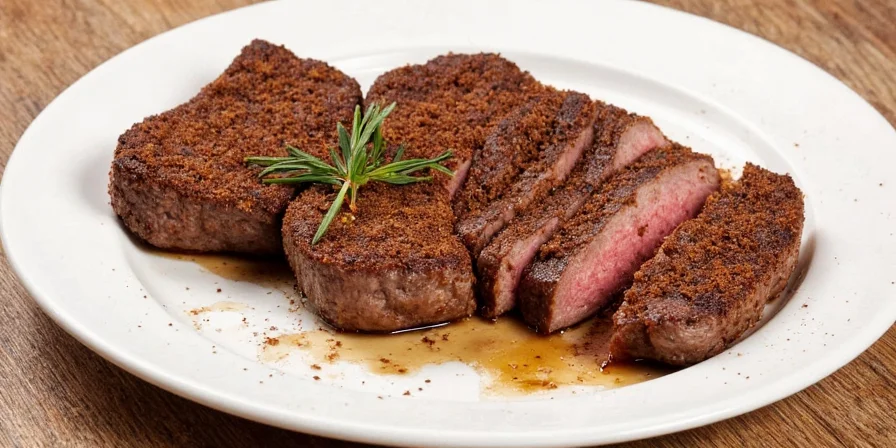
Top 7 Espresso Steak Rub Pairings to Try Today
- Espresso + Cocoa Powder + Chili Flakes: Mexican-style mocha madness that’s dark, rich, and slightly spicy.
- Espresso + Paprika + Brown Sugar: A sweet-and-smoky combo that gives your steak a barbecue twist without any sauce.
- Espresso + Smoked Salt + Garlic Powder: For lovers of deep umami and earthy flavors. Think “campfire vibes” meets “fine dining.”
- Espresso + Cumin + Coriander: Mediterranean meets Southwestern in this warm, fragrant, complex trio.
- Espresso + Cayenne + Orange Zest: Citrus kick meets dark roast for a bright-yet-bold finish.
- Espresso + Rosemary + Thyme: Herby heaven with a backbone of bitterness from the coffee.
- Espresso + Gochujang + Black Vinegar: Korean-inspired fusion bringing sweet, spicy, and fermented depth — perfect for flank steak.
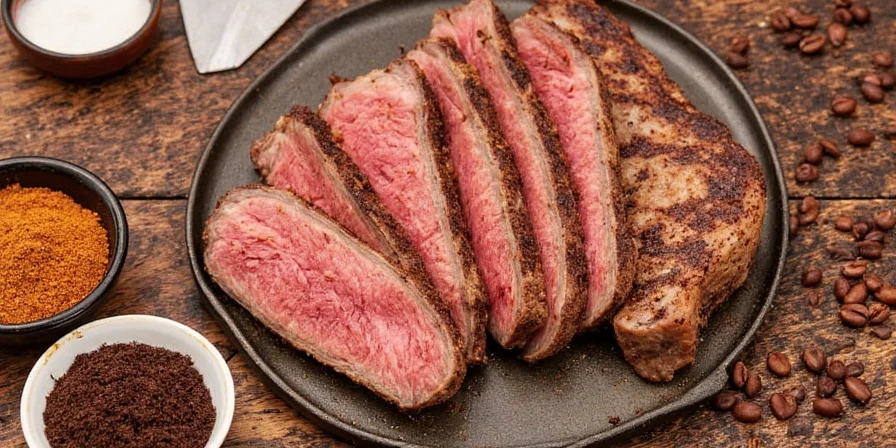
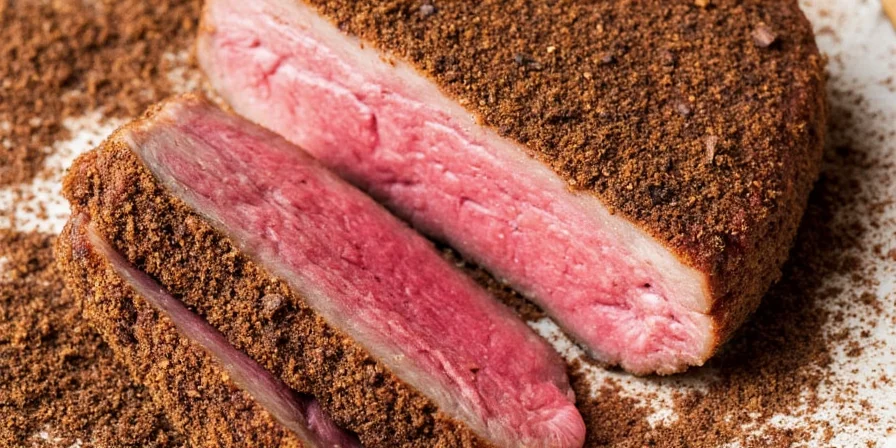
Pro Tips for Using Espresso in Your Rub Like a Rockstar Chef
- Use instant espresso granules or finely ground beans – coarse grounds won’t adhere well to the meat.
- Balance is key – espresso is strong, so don’t let it overpower the other spices.
- Rub generously, but not excessively – about 1 tablespoon per pound of meat is ideal.
- Let it rest – give the steak 30 minutes to absorb the flavors before grilling.
- Keep it dry – avoid wet marinades when using espresso; moisture can dull the crust-forming magic.
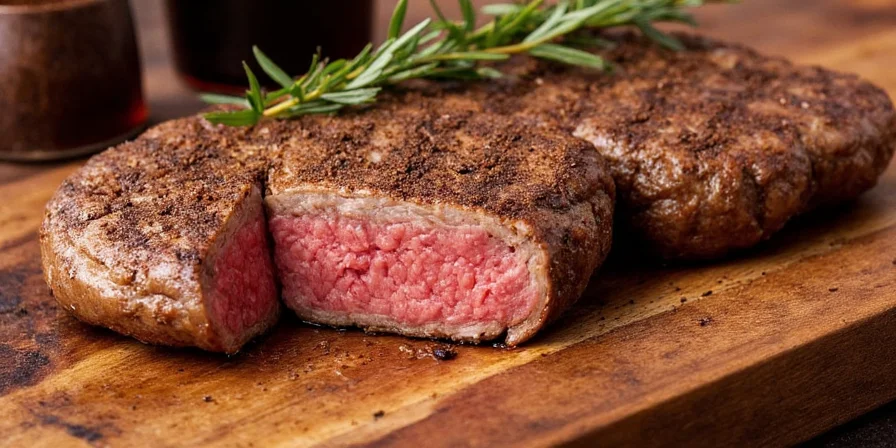
Grill Time, Baby! How to Cook Steaks with Espresso Rub
Once your rub is on and resting, it's time to sear that beast!
Step-by-Step Guide:
- Preheat your grill to high heat (around 450°F).
- Oil the grates lightly to prevent sticking.
- Place steaks on the hot side of the grill.
- Sear each side for 3–4 minutes until a nice crust forms.
- Move to indirect heat and cook to desired doneness (rare: 125°F, medium-rare: 135°F, etc.).
- Rest for 5–10 minutes before slicing to keep all those juices locked in.
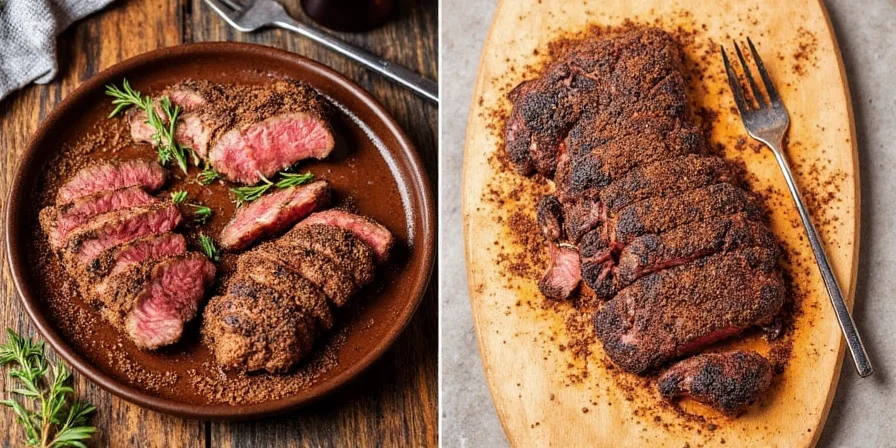
Frequently Asked Questions
- Can I use regular coffee grounds instead of espresso powder?
- No, regular grounds are too coarse and won't adhere to the meat. Use instant espresso powder or finely ground espresso beans.
- Will the steak taste strongly of coffee?
- Not overpoweringly. The espresso enhances the meat's natural flavors with a subtle roasted note, but the coffee taste remains complementary.
- How long should I let the rub sit on the steak before cooking?
- Allow at least 30 minutes for flavor penetration, but avoid exceeding 2 hours as acidity may affect texture.
- Can I use this rub on other meats besides steak?
- Absolutely. This rub works exceptionally well on pork chops, lamb, and even roasted vegetables.
Conclusion: Espresso – The Secret Ingredient You’ve Been Missing
Here's the insider secret: espresso doesn't just add flavor — it tricks your palate into experiencing depth usually only found in aged steaks. That's why top steakhouses guard their coffee-rub recipes like crown jewels. Whether you're hosting friends or treating yourself to a solo steak night, these innovative espresso steak rub pairings transform ordinary grilling into extraordinary culinary moments.
For home cooks seeking restaurant-quality results, espresso provides the missing link between science and artistry. The unique chemistry creates crusts that seal in juices while adding complexity — turning simple backyard cooking into a flavor revelation. Don't be afraid to experiment; your perfect pairing awaits in these seven combinations.
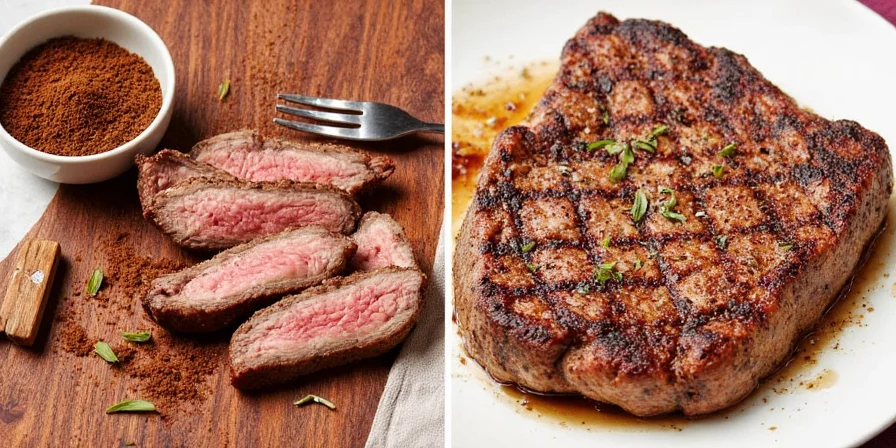

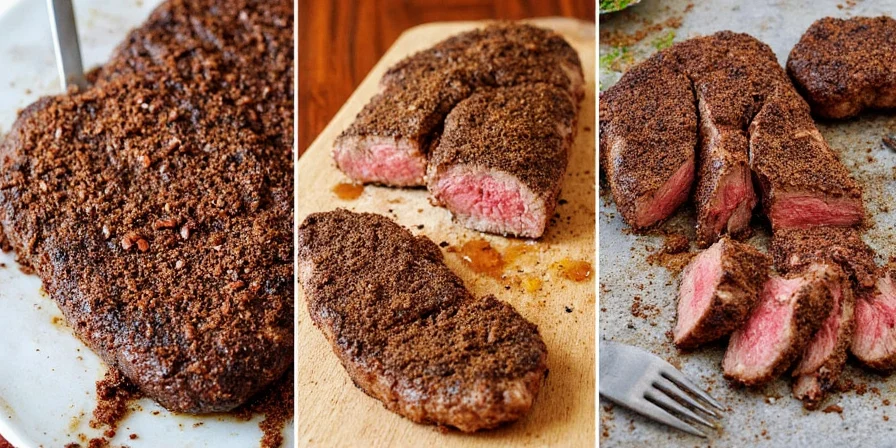









 浙公网安备
33010002000092号
浙公网安备
33010002000092号 浙B2-20120091-4
浙B2-20120091-4